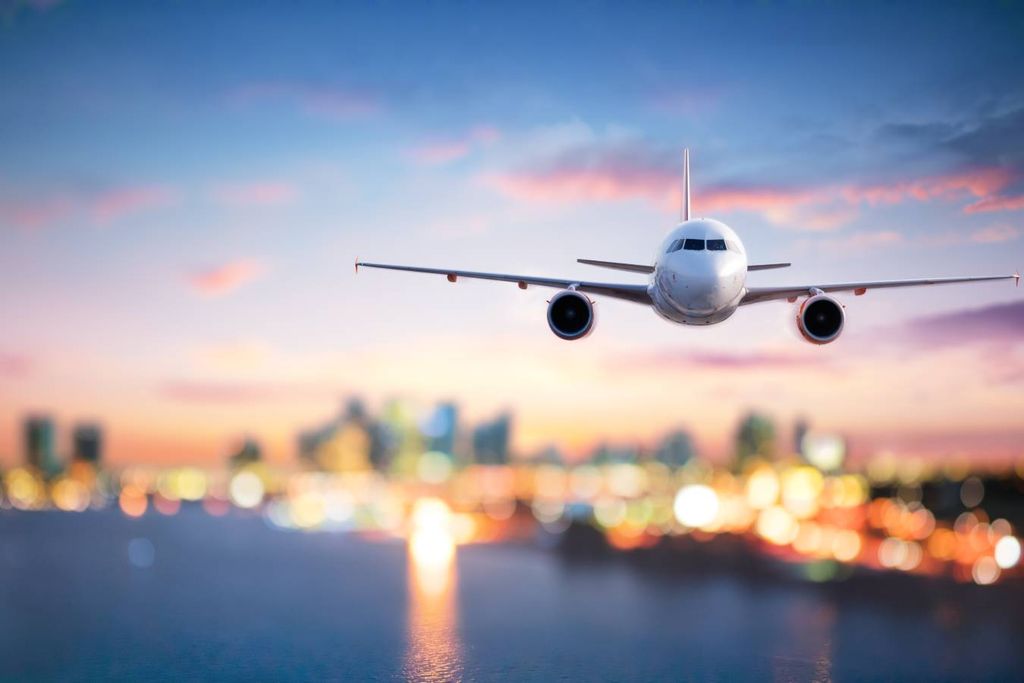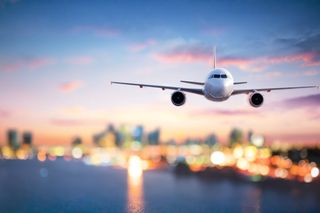Will Increased Air Turbulence On Flights Become More Frequent With Climate Change?
Airplanes are known to go through turbulence, but severe turbulence like what was experienced earlier this week on a Singapore Airlines flight was rare, and it could become more common.

In recent years, there has been increased air turbulence during flights. Severe storms and stronger jet streams due to climate change may become more frequent.
A bumpy ride
On Monday, May 20, a flight to Singapore had to divert due to severe turbulence over the Andaman Sea. There were dozens of injuries and one casualty. Turbulence is “air movement created by atmospheric pressure, jet streams, air around mountains, cold or warm weather fronts or thunderstorms”, according to the Federal Aviation Administration (FAA). Another type of turbulence, clear air turbulence, occurs at 15,000 feet when no cumuliform clouds are present, according to the NWS.
Each type of turbulence can be divided into 4 groups: light, moderate, severe and extreme. Light and moderate turbulence has passengers feel strained against their seatbelts and unsecured objects will move. During severe and extreme turbulence, passengers are forced violently against their seatbelts, much like what was experienced earlier this week.
Turbulence is a natural state of the atmosphere, and according to Larry Cornman, a project scientist at the National Center for Atmospheric Research, people do not notice it because the planes they’re on are so large. It is still unclear what type of turbulence occurred on the Singapore Airlines flight.
How did it happen?
Explosive thunderstorms are a possibility. Jonathan Porter, a senior vice president and chief meteorologist at AccuWeather said, “thunderstorms that were developing in this area were notably intensifying very quickly, and it does look like one of those situations where there could be these updrafts that are occurring and very little awareness of just how fast it’s developing.”
Turbulence is a common phenomenon that occurs in Earth's atmosphere. Most aircraft avoid turbulence using weather forecasting inputs from ATC. Different types of turbulence that a normal aircraft can experience are visualized in the picture below.#Turbulence #boeing #cyclone pic.twitter.com/p5TTSp6smE
— Kavin Prashana (@kavin_Aero) May 23, 2024
The plane was flying at an altitude of 37,000 feet, and thunderstorms were developing quickly below it. The pilots were unable to check the brewing storm because of how high up they were flying. Thunderstorms can cause updrafts of air in the atmosphere that can cause turbulence. Air in updrafts like these can reach speeds of more than 100 mph, leaving the pilots little, if any, time to react. The incident took place in a matter of seconds.
Climate change to blame?
Clear air turbulence is on the rise due to climate change. Clear air turbulence is caused by jet stream winds that can flow faster as the atmosphere around it warms. Jet streams are strong bands of winds in the upper atmosphere.
Clear air turbulence is increasing because of climate change. Here's an easy way to visualize using Ed's Warming Stripes.
— Jeff Berardelli (@WeatherProf) May 21, 2024
37% increase in moderate turbulence over the mid-latitude Atlantic and 55% increase in extreme turbulence. Source below https://t.co/eHWBzjNjMZ
Research from the University of Reading last year found that severe in-air turbulence increased 55 percent between 1979 and 2020. This is consistent with climate change, and the increase has already begun. The temperature gradient in the atmosphere leads to greater jet stream winds which in turn leads to greater clear-air turbulence.
This is your captain speaking
The NWS Aviation Weather Center makes weather forecasts of the entire atmosphere so pilots can navigate around severe weather and turbulence. “If we know the jet stream is sitting at a certain altitude in the sky, we’ll give that specific information in either a forecast or an advisory or a warning because sometimes that’s useful information of where [pilots] can find a smoother ride,” says Jennifer Stroozas, the warning coordination meteorologist.
Measuring turbulence is subjective, however. Larger airplanes feel turbulence less than smaller airplanes. The NWS Aviation Weather Center relies on pilot reports, modeling of the atmosphere and conditions to measure turbulence.
Death and severe injuries on flights are rare. Between 2009 and 2022, the FAA reported 163 total turbulence related severe injuries. The best course of action is to keep your seatbelts fastened the duration of the flight and to always follow crew instructions.








